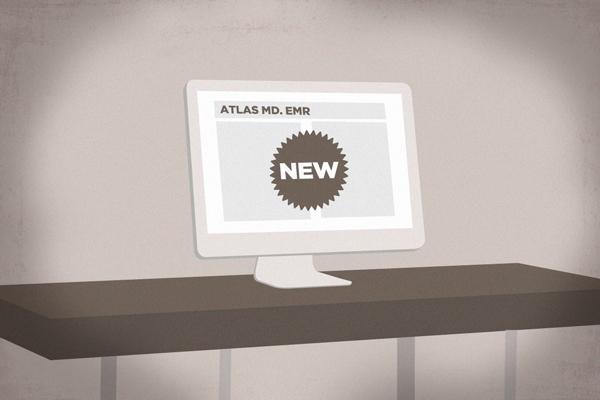This month, simple is better. Read below for all the ways the Atlas.md EMR encourages a simpler process for running a Direct Care practice.
Simplified Prescription Interface
You’ll notice more intuitive placement of buttons, making prescribing again and refills much simpler processes. Get the details here.
Create Custom Vitals & Stats Categories
This new feature in the vitals and statistics section allows you to track the stats that mean the most to you (and your specialty!), enabling you to provide an even more personalized experience for your patients. Learn how to create a custom category over here.
Account Fax Number
You can now enter your fax number from your settings page, which means your fax recipients will be able to respond more easily since your fax number will be more visible to them.
Improved Archival Experience
Now when you’re unarchiving a patient, you’ll have the opportunity to recreate the patient’s monthly subscription. In addition, if you archive a patient who is part of a family, you have the option to archive other family members as well – saving time and money. Read more here.
More Detailed Download Records Capability
Now when you download a patient record, you get not only the patient’s chart, but all the files that come along with it. Just unzip the resulting file and view the content, which will be organized in folders.


